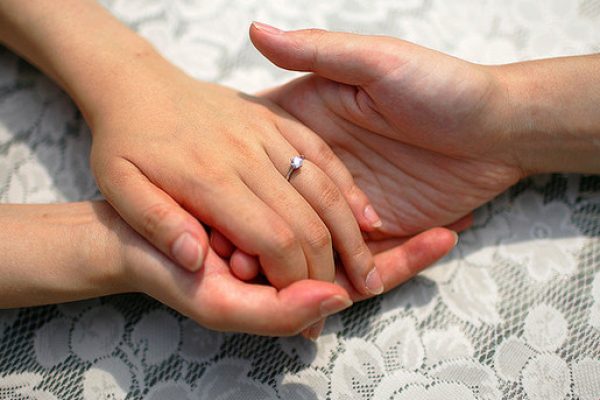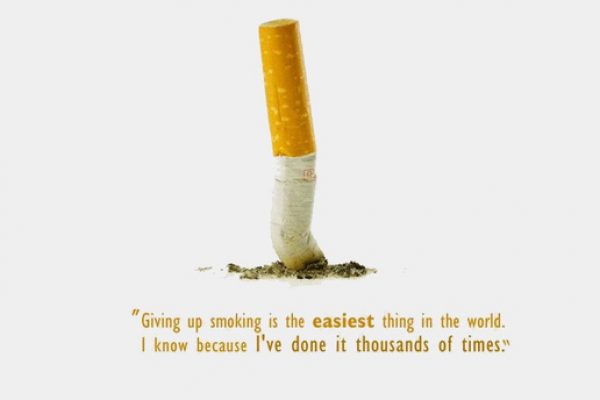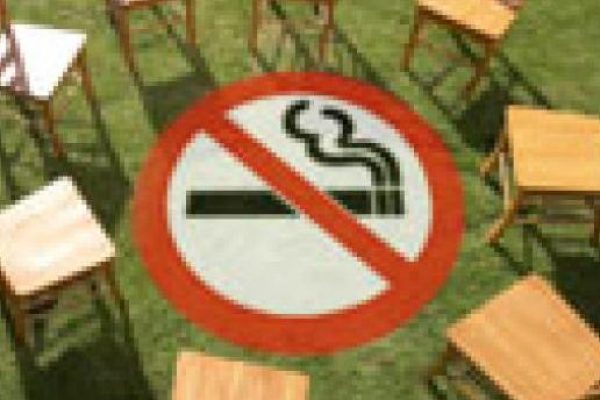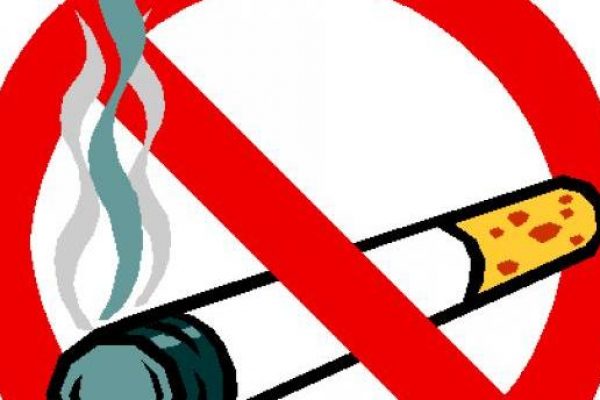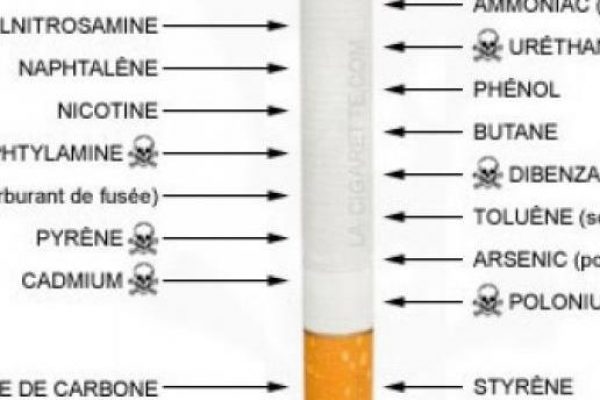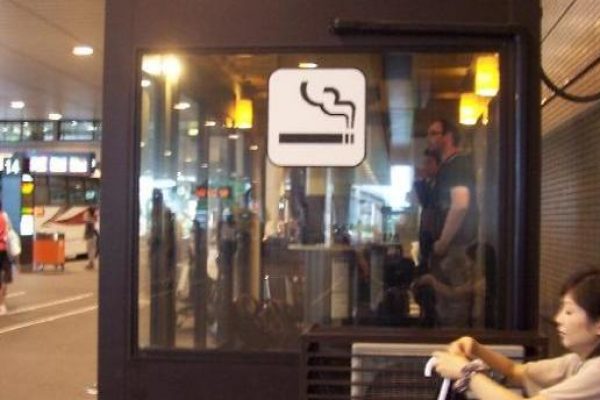Exclusive Stories!
Smoke Free Life Step Program Step 2
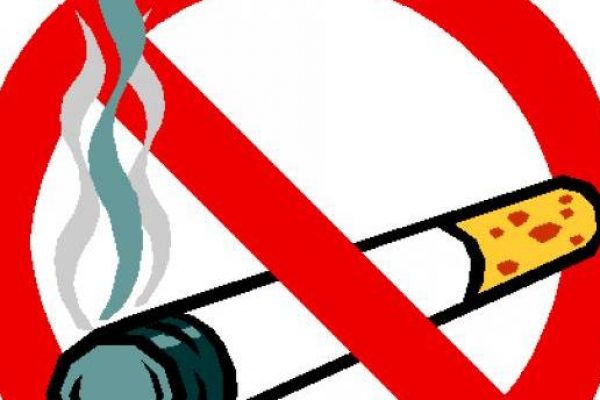
In step 1 (the fact gathering stage) you took notes and entered each day to a spreadsheet.
The next step is to analyze the spreadsheet, identifying the behavior patterns. There are 14 days of data on the spreadsheet. Start with the morning. Note down the time of morning you smoked your first cigarette, and what you were doing. This is important (more…)
Day 2: Dealing with Failure and Setting Goals

How exactly should we measure success? How do we know if we're making progress? What should we do when nobody cares?
As a person, and my wife could attest to this, I am exceptionally stubborn. Though I tend to view it positively - I see it as being driven and (more…)
Danny’s War Against Smoking – Day 1: Know Your Enemy

Make no mistake about it. The enemy is within, the enemy is me.
As I wake up today, with a fresh yearning for that which poisons me, I realized something that is profoundly true: my own enemy is none other than myself. (more…)
Passive Smoking Killed The Famous Entertainer

The late, great British entertainer Roy Castle (1932-1994) died of smoking-related disease, despite being a non-smoker. He was a very talented all-round performer: a tap dancer, actor, comedian, jazz trumpet player, singer and television presenter. (more…)
Hot Galleries
Our Editor Reviews
Trending Story

A Healthier Cigarette?
When I heard there are organically grown tobaccos, I wondered if there is anything good about that. I don't smoke, but I am a proponent of organically grown crops for multiple reasons: because they do not use human-made chemicals such as synthetic pesticides, they are better for me and my children; they also pose fewer health risks to workers who grow and handle them since workers would not be exposed to many of the substances that are used on conventional (more…)



